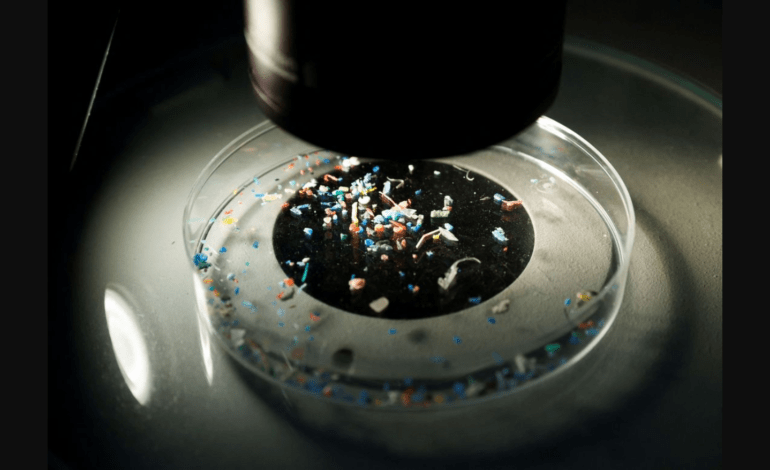
Doctors explore new technique to remove microplastics from human bloodstream
By: Dr. Avi Verma
In an age where microplastics have infiltrated nearly every aspect of our environment—found in the air we breathe, the water we drink, and even in our bloodstream—a growing number of researchers and medical professionals are exploring novel methods to detoxify the human body. One such emerging technique is therapeutic apheresis, a plasma-filtering procedure traditionally used to treat autoimmune diseases and certain neurological disorders.
Now, in what some describe as a pioneering, albeit controversial, step, a private wellness clinic in London has begun offering plasma filtration sessions specifically marketed to remove microplastics from the blood. The procedure, which costs over $12,000 per session, involves drawing a patient’s blood, separating the plasma, filtering it, and reintroducing the cleaned blood back into the body.
The science behind the procedure
Known in medical terms as therapeutic plasma exchange (TPE), the technique is FDA-approved for several conditions, including myasthenia gravis, Guillain-Barré syndrome, and Lupus. However, its use for microplastic removal is new and not yet supported by clinical trials.
While no peer-reviewed studies currently exist to validate that apheresis removes microplastics, scientists have proven that these microscopic plastic particles are present in human blood, lungs, and even placental tissue. A 2022 study published in Environment International found microplastics in 77% of blood samples taken from healthy volunteers.
“Therapeutic plasma exchange is a promising tool in autoimmune and toxicology-related applications,” said a physician at a U.S.-based integrative clinic who spoke to IndoUS Tribune on condition of anonymity. “But whether it can effectively clear microplastics remains to be studied in clinical settings.”
Patients seek relief from modern illnesses
According to the London clinic, patients seek this procedure for relief from symptoms like chronic fatigue, brain fog, long COVID, and persistent inflammation, conditions often associated with environmental toxicity.
“We’ve seen interest from tech entrepreneurs, athletes, and chronic illness sufferers,” said the clinic’s director. “Once the machine is running, the patient is typically quite comfortable—some take meetings, others nap.”
While critics have labeled the service as speculative or even elitist, especially given its high cost, others argue that preventive interventions like these may become more mainstream as microplastic contamination continues to escalate.
The broader context: Why microplastics matter
Microplastics—particles smaller than 5 millimeters—result from the breakdown of larger plastics and are now ubiquitous in nature and the human body. Recent findings have linked their presence to cellular damage, oxidative stress, endocrine disruption, and cardiovascular risk, although many studies remain observational.
The health impacts are still being unraveled. “We know they’re present, and we know they don’t belong there,” said Dr. Ritu Mehta, a toxicologist based in Chicago. “The question now is what, if anything, we can safely and effectively do to get rid of them.”
India and the microplastic burden
India, home to over 1.4 billion people, is among the countries most affected by plastic pollution. Studies from the National Centre for Coastal Research (NCCR) indicate that microplastic presence in Indian coastal waters and seafood is among the highest in the world. The potential health impact on populations consuming contaminated fish and using plastic-packaged food and water remains a major concern.
If plasma filtration proves effective in removing microplastics, it may open doors for therapies tailored to high-risk populations, including those living in urban centers with high environmental toxicity—both in the U.S. and India.
Final thoughts